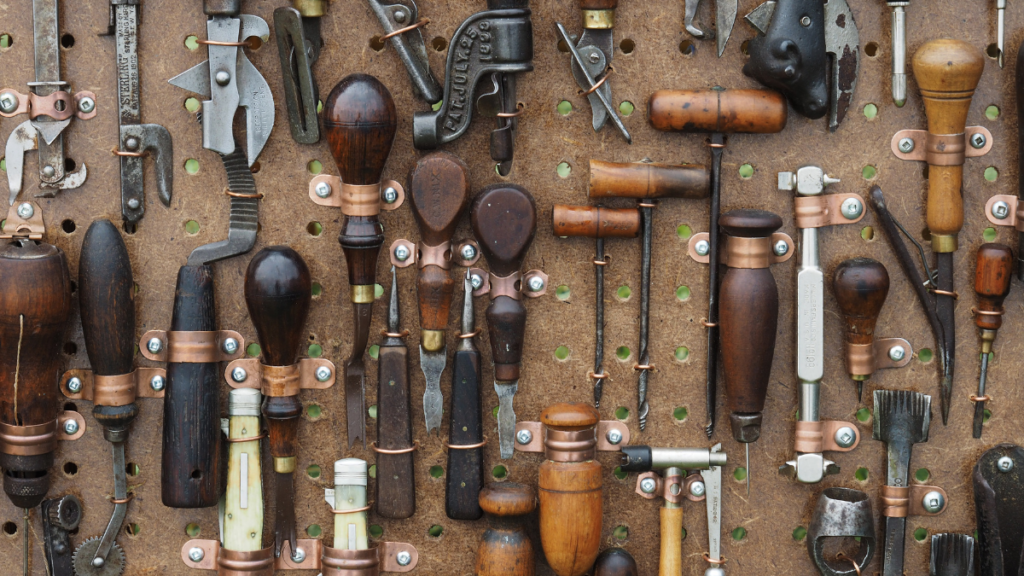Nowadays, businesses and individuals always seek cost-effective resorts to meet their equipment needs. For anyone considering purchasing equipment, second-hand options provide diverse benefits that are hard to ignore.
Not only can buying second-hand equipment help you save a significant amount of money, but it also allows for a more sustainable approach by reducing waste and promoting recycling.
However, finding the right second hand equipment Australia can be daunting, as ensuring its quality and reliability is paramount. To assist you in this endeavor, here are five best tips for finding the perfect second-hand equipment.
1. Assess Equipment Needs
Before diving into the second-hand equipment market, assess your specific needs. Identify the type, size, and equipment specifications required for your intended purpose. Understanding your needs helps narrow options and ensures you invest in equipment that aligns with your goals.
Also, consider factors such as capacity, features, and specific requirements unique to your industry or use case. This thoughtful assessment forms the foundation for a successful search for the right second-hand equipment.
2. Research Reliable Sellers
Of course, look for reputable sellers with a track record of providing quality products and transparent transactions. If needed, explore online reviews, testimonials, or ask for recommendations from industry peers. Established sellers often provide detailed information about the equipment’s condition, usage history, and any refurbishments. This information is vital in making an informed decision.
3. Inspect Equipment Condition
A thorough inspection of the equipment’s condition is essential when seeking the right second-hand equipment. To do that, physically examine the equipment for signs of wear, damage, or any operational issues. Check critical components, moving parts, and overall structural integrity.
Also, pay attention to details like rust, leaks, or unusual noises. If possible, test the equipment to ensure it functions as intended. A meticulous inspection helps you identify potential issues and assess the overall health of the equipment, guiding your decision-making process and avoiding unforeseen problems down the line.
4. Verify Maintenance and Service History
Check to see how recent the used equipment’s maintenance and service records are. For information on past repairs, maintenance, and servicing, ask for paperwork or records. A well-documented history indicates that the equipment has been cared for and maintained properly. It even provides insights into the machine’s reliability and any recurring issues that have been addressed.
5. Negotiate Prices and Terms
When finding the right second-hand equipment, effective negotiation is key. To set a fair starting point for the negotiation, find out how much the equipment is worth on the market. Be prepared to discuss price, payment terms, and any additional conditions.
Remember that negotiation is a two-way process, and finding a mutually beneficial agreement is the goal.
Have a Successful and Satisfactory Purchase Now
Now, armed with these insights, venture into the market with confidence, secure in the knowledge that your purchase will align seamlessly with your needs. It’s time to navigate the second-hand equipment market with expertise, ensuring not just savings but a valuable investment.


